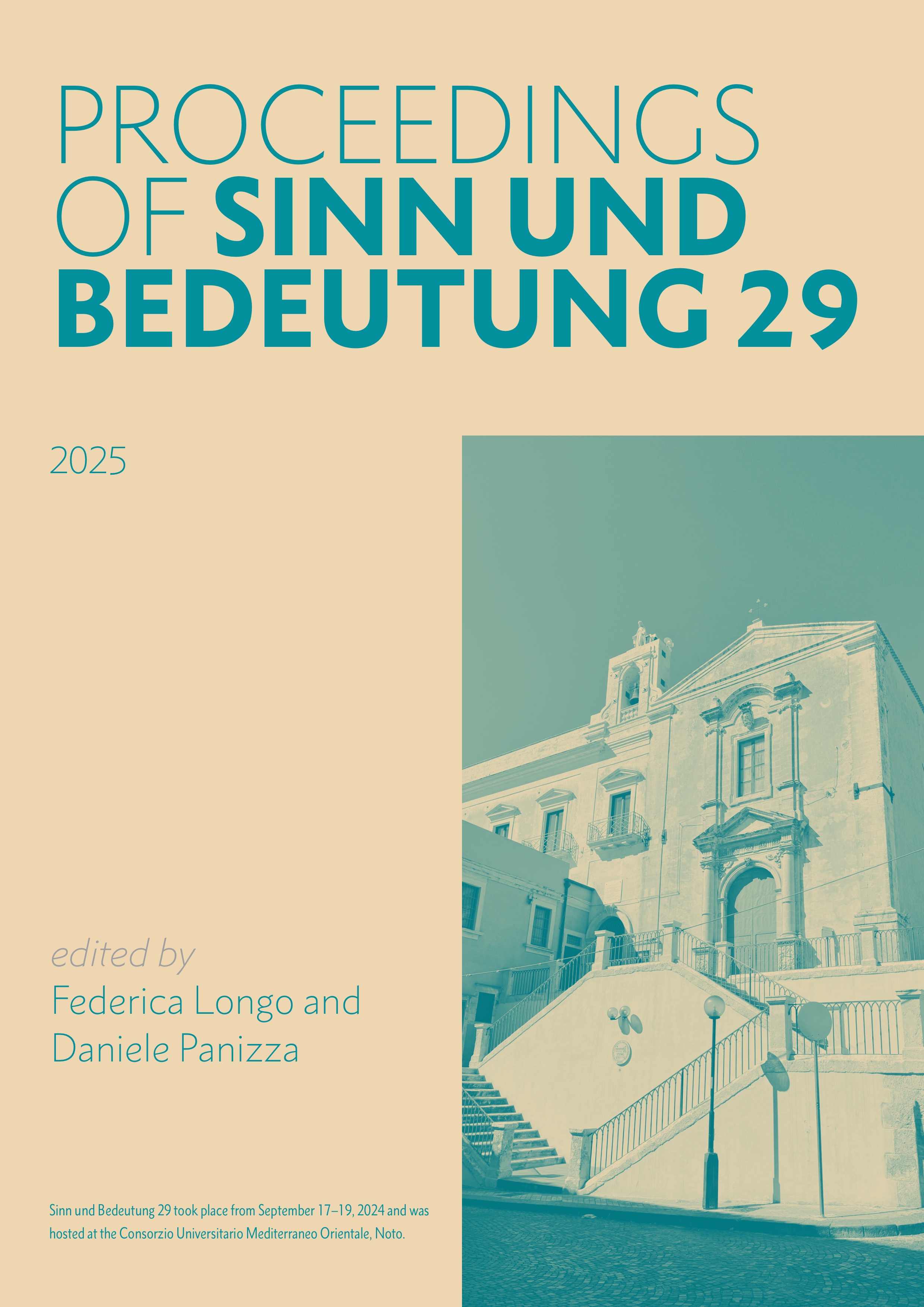Classifiers and comparison class: Evidence for cross-linguistic variation in the calculation of standards
DOI:
https://doi.org/10.18148/sub/2024.v29.1255Abstract
The notion of comparison class is often invoked as a way to identify the standard against which vague adjectives are evaluated. However, the means by which such a standard is derived is the subject of long-standing debate. This paper brings new cross-linguistic evidence to bear on this question. In this paper we show that classifiers can attach to adjectives under certain conditions in the Shantou variety of Teochew (Southern Min), and that these ‘adjective classifiers’ are interpreted as expressing a comparison class. However, we argue that the means by which a standard is calculated from the classifier must proceed in a very different way from that proposed for more familiar comparison class expressions, such as English for-. We propose a novel analysis in which the dependency between the adjective and the modified noun – mediated by the classifier – is established via conventional implicature. The analysis takes cross-linguistic differences to derive at least in part from the morphosyntactic properties of the overt comparison class expression. The findings provide evidence that notions of comparison class may be established in very different structures and that the calculation of a standard from overt comparison class expressions may be subject to cross-linguistic variation.Downloads
Published
2025-09-22
How to Cite
Luo, Z., & Biggs, A. (2025). Classifiers and comparison class: Evidence for cross-linguistic variation in the calculation of standards. Proceedings of Sinn Und Bedeutung, 29, 935–952. https://doi.org/10.18148/sub/2024.v29.1255
Issue
Section
Articles
License
Copyright (c) 2025 Zhuosi Luo, Alison Biggs

This work is licensed under a Creative Commons Attribution 4.0 International License.
https://creativecommons.org/licenses/by/4.0/
